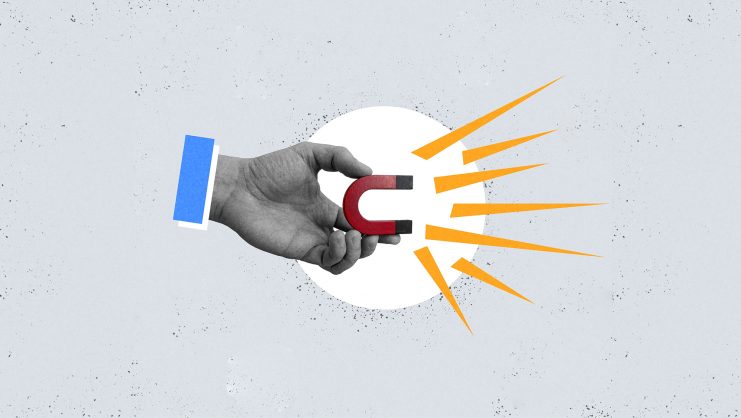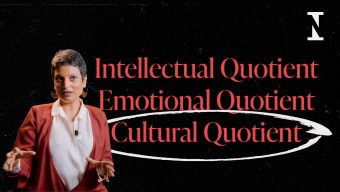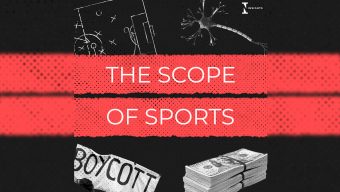Change has become a constant and the important thing is not how an organization learns to manage it, but rather to develop the ability to adapt and incorporate that into its DNA. This constitutes a major initiative in cultural change, in terms of the way we work and relate to one another, and the management and leadership tools we use—which are also in need of an overhaul.
The initial transformation is based on how we think, to gain a different conception of our environment. Society is very quickly adopting change when it comes to technology and all things digital, spawning new needs that companies must satisfy with different products and services. More than simply going digital, it’s about transforming organizations at multiple levels, since failing to do so will open up an immense gap with society’s agility.
The future is here, so to elicit transformation in the company, the first step is to be strategically aligned. If horizontal change cannot be achieved at the top two levels of a company, it will be impossible to spread the process throughout the organization. Because everyone needs to be rowing in the same direction, while knowing how to be steady with their efforts, and even understanding the sequence and frequency at which we must move forward and working on a set of balanced strategic competencies. To achieve transformation, businesses today must run marathons with short sprints.
The first key to strategically aligning the first two levels of an organization is to define the vision, a vision that the management team is not only capable of repeating, but also interpreting, while understanding the existing barriers and challenges, and leading the entire organization to fall in love with it and get behind it. Internal merchandising is important, but the crucial part is to interpret and shape it.
The second key to achieving strategic cohesion is the alignment of competencies. It’s not about everyone being great at everything; it’s about moving in the same direction by joining forces. The third key is being conceptually aligned: people can speak with different voices, but can all think with the same one.
The most successful organizations are those that understand that what comes after the strategic plan is not execution, but rather change management, because working in a new dynamic will require the development of new behaviors and habits.
Static and Dynamic Companies
Amid this constantly changing environment, companies are now divided into two groups depending on their form of adaptation. While the largely static companies try to maintain traditional models, the more dynamic companies realize that today’s society marches to the beat of a different drum, so they are starting to work differently. They understand that major success means having the ability to anticipate trends and work collaboratively.
Static organizations revolve around departments, statistics and structures, at a time when the organizational chart is nothing more than the projection of a decision-making hierarchy. It’s not about serving as a leader; it’s about being a leader to serve. To use a musical simile, a static company would be like an orchestra, which doesn’t perform poorly, but also doesn’t allow itself to stray from the score. A dynamic company, meanwhile, would be more like a jazz band, able to understand the score, but flexible enough to change and adapt. If the world is dynamic, static businesses will have a tough time surviving. In today’s world, leadership must be distributed, by transferring empowerment to the entire organization.
A New Culture and Way of Working
Around 85% of virtual message traffic outside of companies takes place on social media. If this is how society communicates, we need to use an internal professional collaborative network to avoid getting into a dichotomy with the outside world, which is the one leading the way. Some say this century belongs to the business sociologists who know how to anticipate trends; we see this with Google, Apple and Facebook, the world’s largest publicly traded companies. Their leaders are entrepreneurs from different generations, but they all have that same ability to anticipate things.
Another important conceptual framework is that organizational change can’t happen without changing individual mindsets. The most successful organizations are those that understand that what comes after the strategic plan is not execution, but rather change management, because working in a new dynamic will require the development of new behaviors and habits.
Managing transformation is part mental and part emotional: success is based 75% on leadership and 25% on management. There needs to be considerable design around conversations that help professionals integrate into the new conceptual framework, and allow them to reinterpret and go outside their comfort zone. It is vital to keep communicating, anticipating and ensuring an environment of restlessness.
One great virtue of any transformation lies in the reshaping and strengthening of corporate culture. Along these lines, the phases of John Kotter’s change model are defined in the following keys: creating a sense of urgency, building a guiding coalition, strategic vision, communicating the vision, empowering broad-based action to change structures, generate small wins, consolidating gains and, lastly, anchoring new approaches in the culture.
There are also many relevant aspects of Peter Drucker’s classic thinking about leadership that, combined with the modern ideas of Ronald Heifetz, offer several keys for leaders to constantly bring about adaptive change: Identifying the necessary changes, understanding the difficulty, keeping the focus on important issues, making changes at a viable pace, protecting individual or group change agents and, finally, not becoming the oracle that always dictates all the solutions.
© IE Insights.











